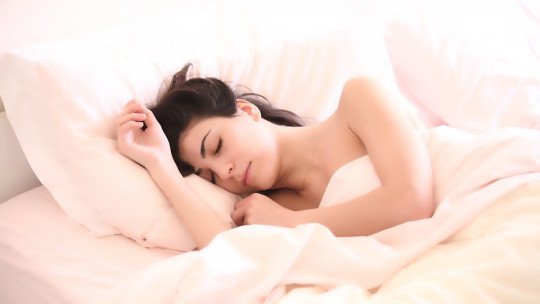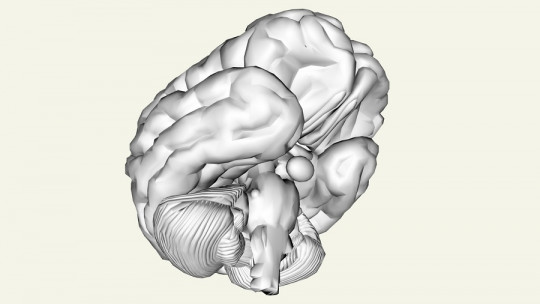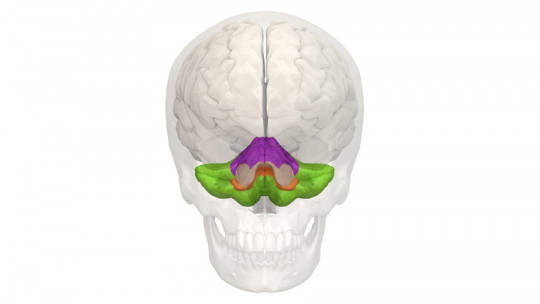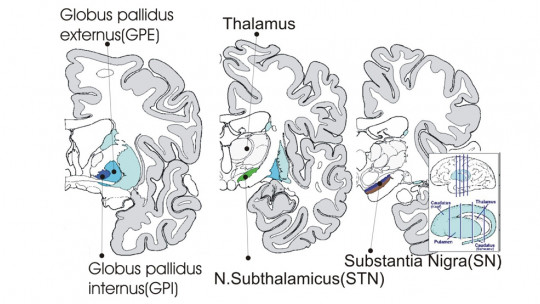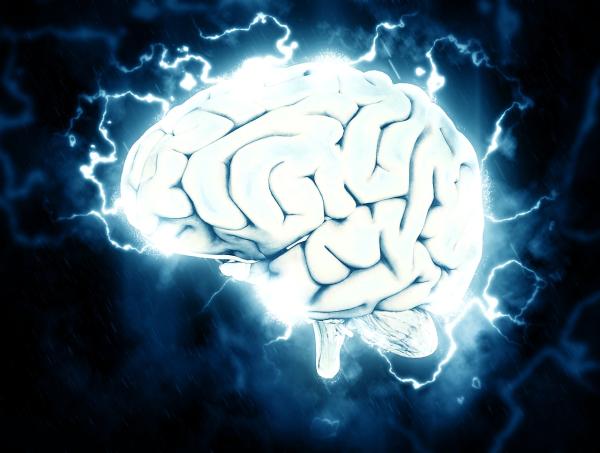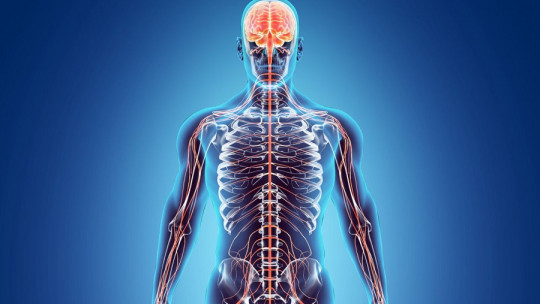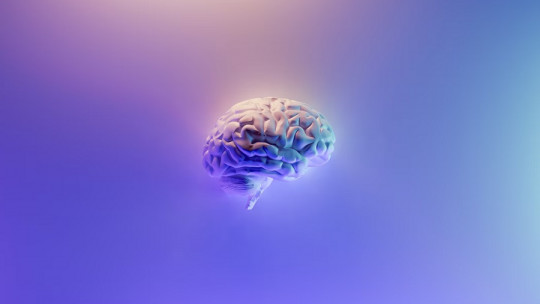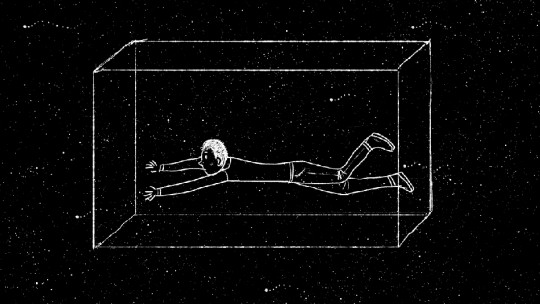
It’s three at night. You wake up suddenly, practically jumping in bed, with the sensation of falling from an eight-story building You notice how your insides are still reacting with a certain panic.
Your partner wakes you up at three in the morning, slightly surprised and upset. It tells you that while you were sleeping you kicked him several times. These two small fragments reflect the existence of a phenomenon that occurs with great frequency in most of the population: the making of small sudden and involuntary movements during sleep.
These movements are called nocturnal myoclonic jerks
What is myoclonus?
When talking about myoclonic spasms, we refer to a series of sudden and brief muscle contractions, completely involuntary, that cause a displacement of the body or a part of it. They are usually caused by sudden muscle contractions or muscle relaxation
Although this type of spasms can be found in some disorders such as epilepsy, there are also so-called benign myoclonus. These are generally not considered pathological, being considered normal in people without associated pathology. In fact, A phenomenon as common as hiccups would be a valid example of benign myaclonic spasm
These spasms can appear both while awake and during sleep, with this article focusing on the latter.
Nocturnal myoclonic jerks
Although the general definition of myoclonus reflects the type of phenomenon we are talking about, those that occur during sleep have a peculiarity: as occurs with hypnagogic and hypnopompic hallucinations, they occur in a state of altered consciousness: sleep. or the transition between it and wakefulness. Myaclonic spasms would in this case be a type of parasomnia episodic phenomena or disorders that occur during sleep and are characterized by the presence of vegetative or motor symptoms.
It is a generally non-pathological phenomenon with high prevalence in the population. It is estimated that around 70% of the population has had a myaclonic spasm at some point During the dream. Now, if the symptoms occur repeatedly and constantly, it would be advisable to seek medical advice, since if they occur persistently it could indicate the presence of some disorder.
It must be taken into account that it is possible to confuse this type of non-dangerous alteration with an epileptic seizure. In this aspect, one of the few ways to differentiate them is by electroencephalogram, myoclonic spasms not assuming the same type of alterations that are seen in cases of epilepsy.
Neurological causes of myoclonic jerks during sleep
The reason why these spasms occur during sleep has a neuroscientific explanation.
The appearance of nocturnal myoclonus It is due to the presence of a lack of coordination, the maintenance of the activity of two specific brain areas at the same time Specifically, the reticular formation or reticular activation system (RAS) and the ventrolateral preoptic nucleus.
Reticular activation system
This system located in the brain stem is the main one in charge of keeping us alive, since it is the brain system that directs unconscious processes such as breathing, digestion or heart rate. Apart from these physiological processes, it also participates in maintaining alertness and focusing attention, maintaining the state of wakefulness.
Ventrolateral preoptic nucleus
The ventrolateral preoptic nucleus can be found in the anterior hypothalamus, near and in contact with the occipital lobe. This nucleus is responsible for “turning off consciousness” by inducing the state of sleep, as well as protecting the body during sleep by causing body paralysis that prevents us from moving and harming ourselves during deep sleep.
When do myoclonic spasms occur?
To understand the appearance of spasms, it must be taken into account that although during sleep it reduces its functioning, the SAR does not cease its functioning (since such a thing would cause the death of the affected person).
Thus, this system still presents certain activation that can sometimes come into contradiction with the functioning during sleep of the ventrolateral preoptic nucleus that causes us to sleep.
This contradiction, of which the cause is still unknown, can partially cause motor reactions typical of wakefulness during sleep In other words, it is the origin of myoclonic spasms during sleep.
Types of nocturnal myoclonus
Myoclonic jerks during sleep They are not uniform and homogeneous, but there are three basic types
A first type is found in repetitive movements during sleep. Similar to the typical movements of epileptic seizures, these movements appear during non-paradoxical sleep, being repetitive movements of short duration. Although treatment is not usually required, very severe forms can be treated pharmacologically.
A second type of myoclonic spasm occurring during sleep is nocturnal jerks or startle myoclonus. The clearest example of this type of spasm is the typical movement that is made when waking up from a dream in which we have the sensation of falling They usually occur in superficial sleep, that is, in the first two phases of sleep, causing the sufferer to wake up somewhat abruptly. They are usually massive shakes of the entire body, especially the lower extremities.
Finally, some spasms can be found at the moment of transition between wakefulness and sleep. This type of myoclonus, classified as non-specific, acts on the muscles of the face and extremities.
- Svorad, D. (1957). “Reticular activating system of brain stem and animal hypnosis.” Science 125 (3239): 156-156.

